Japan is well known for its fast and efficient public transportation, particularly its trains. They are clean, comfortable, and environmentally friendly.
The Chuo Shinkansen will be a Japanese maglev railway that will run between Tokyo and Nagoya, with intentions to extend to Osaka in the future. Tokyo and Nagoya will be connected in 40 minutes travel time, and Tokyo and Osaka will be connected in 67 minutes total travel time.
Their trains aren’t just something you take a ride on, but an experience that is difficult to describe in words. They’re already some of the fastest in the world and yet engineers are envisioning them to go even faster.
However, this idea of traveling at faster speeds is becoming a reality in Japan. In the near future, they will feature one of the fastest trains in the world: the Maglev Bullet Train. While Japan is already famous for its Shinkansen train system, which is incredibly efficient, the Maglev will be even more impressive.
Maglev Trains: What Are They and What’s the Science Behind Them?
The superconducting magnetic train, or SC Maglev, began its genesis in the 1970s through the efforts of the Central Japan Railway Company.
The principle of it involves repulsion between the track and the cars using magnetic levitation. As a matter of fact, the word “Maglev” refers to a combination of words: magnetic and levitation, thus maglev.
Electrodynamic Suspension
The way it works provides for a ride that feels like you’re floating as you travel at some of the fastest speeds ever recorded by train. This floating effect happens by way of an electrodynamic suspension system, or EDSS.
The rails have two sets of metal coils that cross-connect and wound into the shape of an “8.” The train has bogies that rest when stopped on rubber wheels.
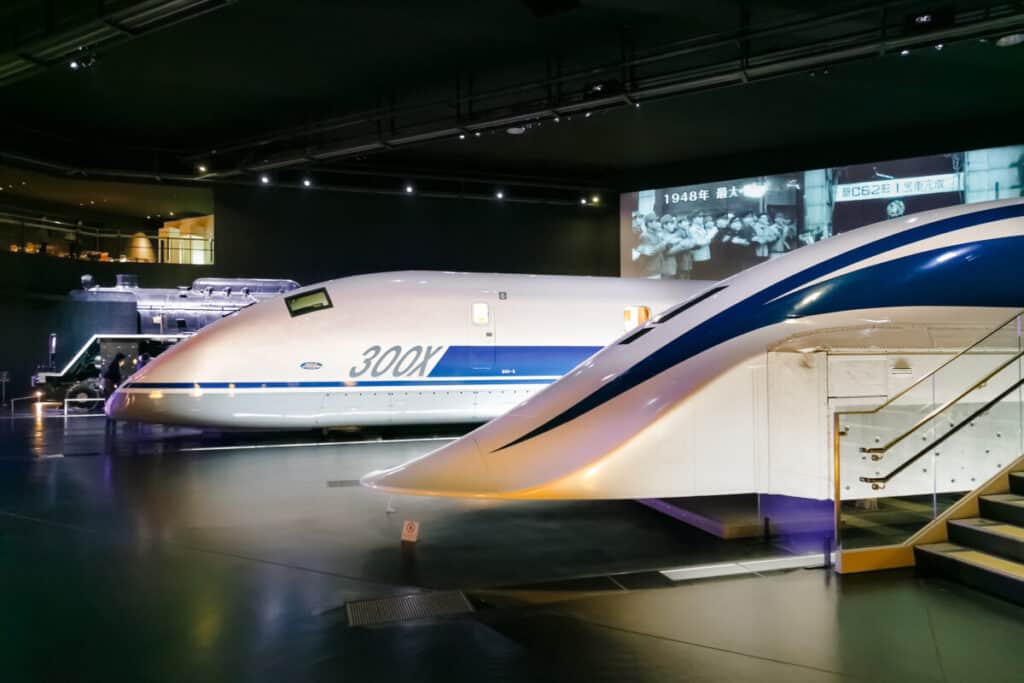
These rubber wheels contain superconducting electromagnets that keep the train in motion, straight, and centered. The first move slowly so the magnets interact with the railway.
The Magic of Magnetic Force
As the wheels go faster, the force of the magnets gets progressively stronger. When it gets to 93 miles per hour (or 150 kilometers per hour), the train will lift off the ground by nearly four inches (or 100 millimeters).
This removes friction and the faster the train goes, the more stable it becomes.
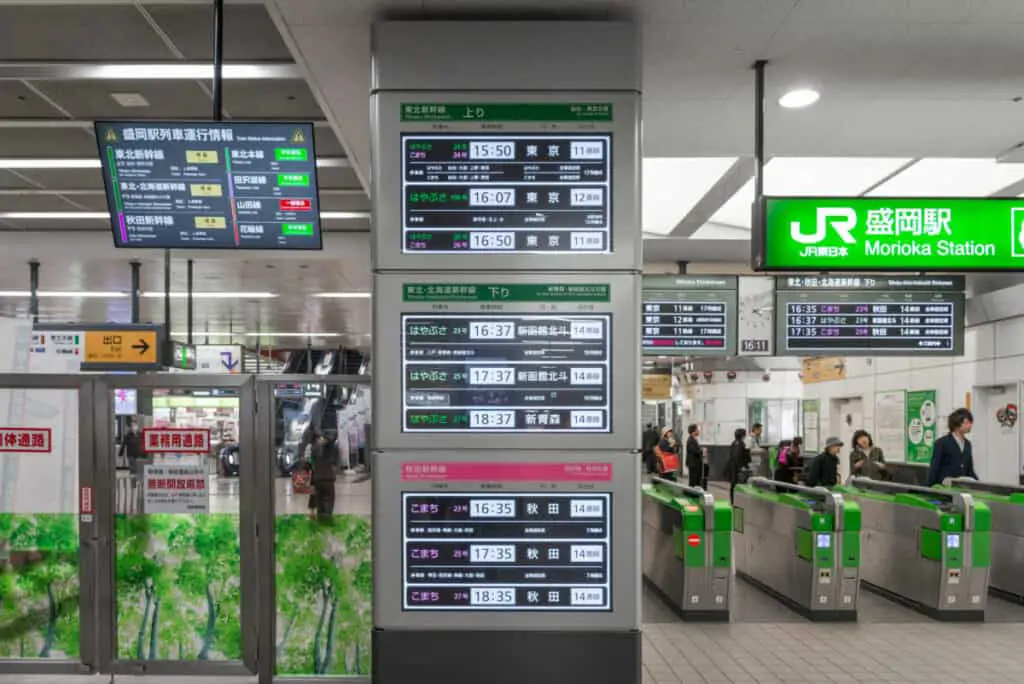
The physics of this super-strong magnetic force is the thing that keeps the train centered on the railway. It’s quite impressive but it’s not a new technology. The inspiration for this comes from Tesla’s HyperLoop.
This is what makes for a speedy and smooth ride.
Japan’s Will Be the Fastest in the World
Once Japan’s Maglev goes live and online, it may very well end up being the fastest bullet train in the world. During tests, the train clocked at 374 miles per hour (603 kilometers per hour).
For an understanding, compare it to the Maglev train already in operation in Shanghai, China which can go in excess of 311 miles per hour.
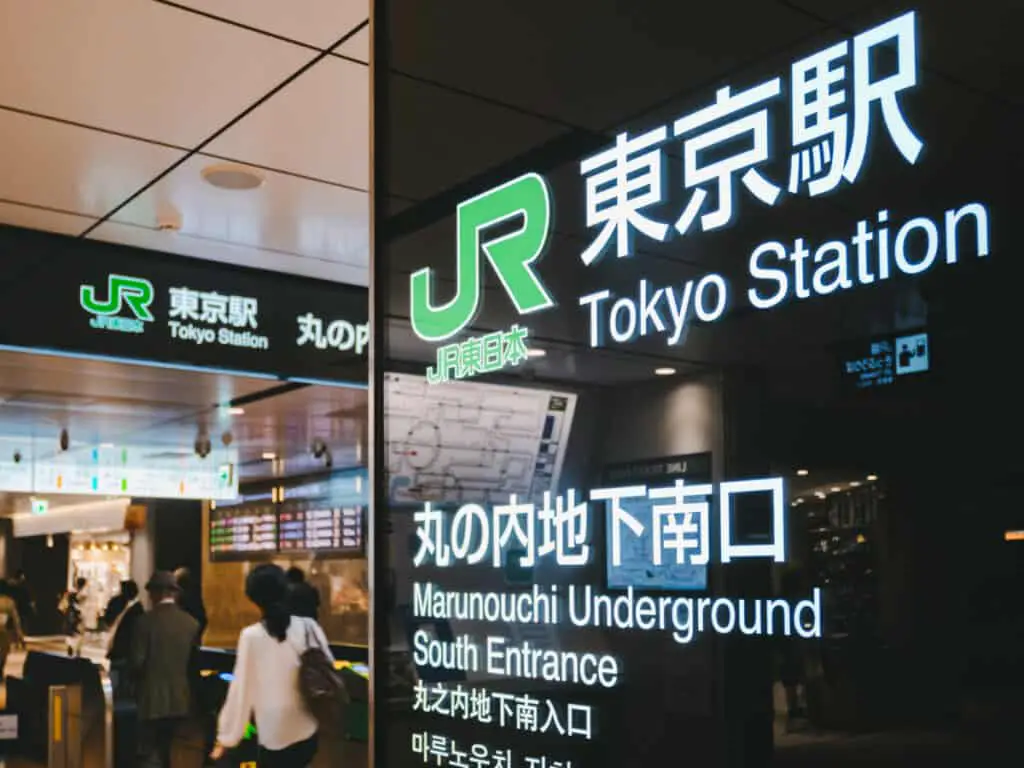
The one in South Korea can travel as fast as 68 miles per hour. And then, there’s Japan’s Shinkansen train, clocking in between 200 to 275 miles per hour (or about 320 to 500 kilometers per hour).
However, passengers won’t be able to experience the maximum speed of the Maglev. The Central Japan Railway has already announced that, for the purposes of practicality and safety, it will operate at a max speed of 314 miles per hour.
Comparing Speeds with Other Trains
This will essentially be faster than taking a plane when boarding and wait time is factored. On the train system with the way it is now, it takes 1½ hours to travel between Nagoya and Tokyo. This means it will take half the time once the Maglev becomes fully operational.
Nakatsugawa, Iida, Kofu, Sagamihara, Hashimoto and Shinagawa are some of the stations the train will make stops at.
Eventually, this will cover the entire route from Tokyo to Osaka in an hour or less. But, this will occur after the current route is in operation. Plans for travel to Osaka won’t happen until around 2045.
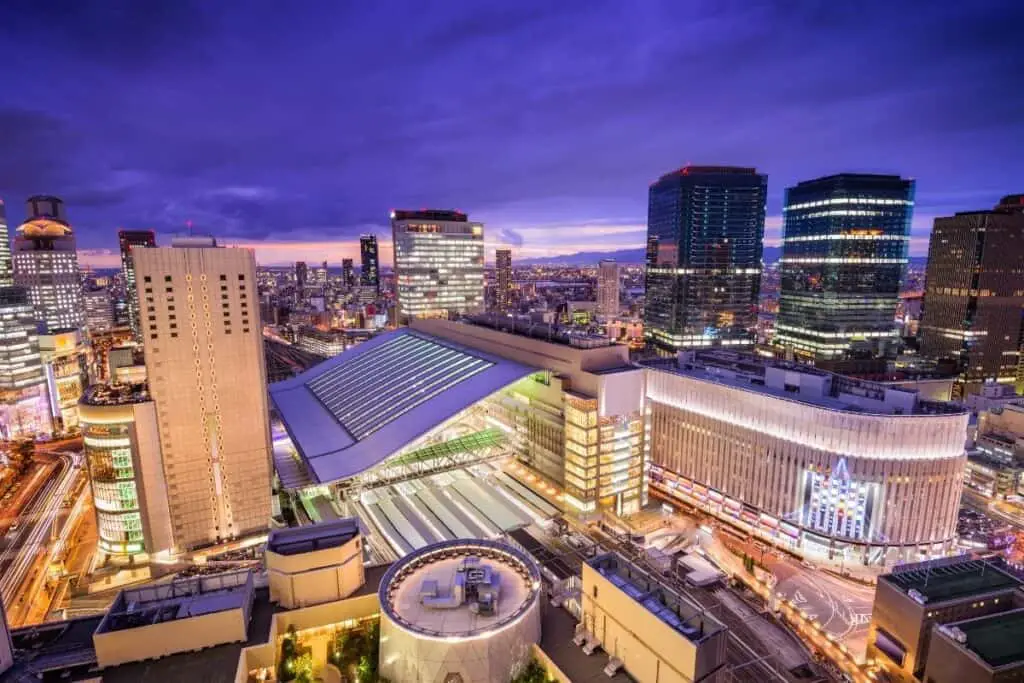
The Maglev Bullet Train will be mostly underground through mountains and urban centers. Upon completion, the train will have 16 carriages that can hold up to 1,000 passengers.
The public is welcome to participate in some scheduled test rides, but it is not in full service.
Project Cost
The whole project, when finished, will cost somewhere in the ballpark of $52 billion dollars (or 5.52 trillion yen). This includes 154.4 miles (256.6 kilometers) of tunnels, seven miles (11.3 kilometers) of bridges, and 2½ miles (4.1 kilometers) of rail beds along with 14 new series L0 Maglev trains.
While this may seem excessive to some, it’s a much-needed service. Japan need for higher speed rail grows every year.
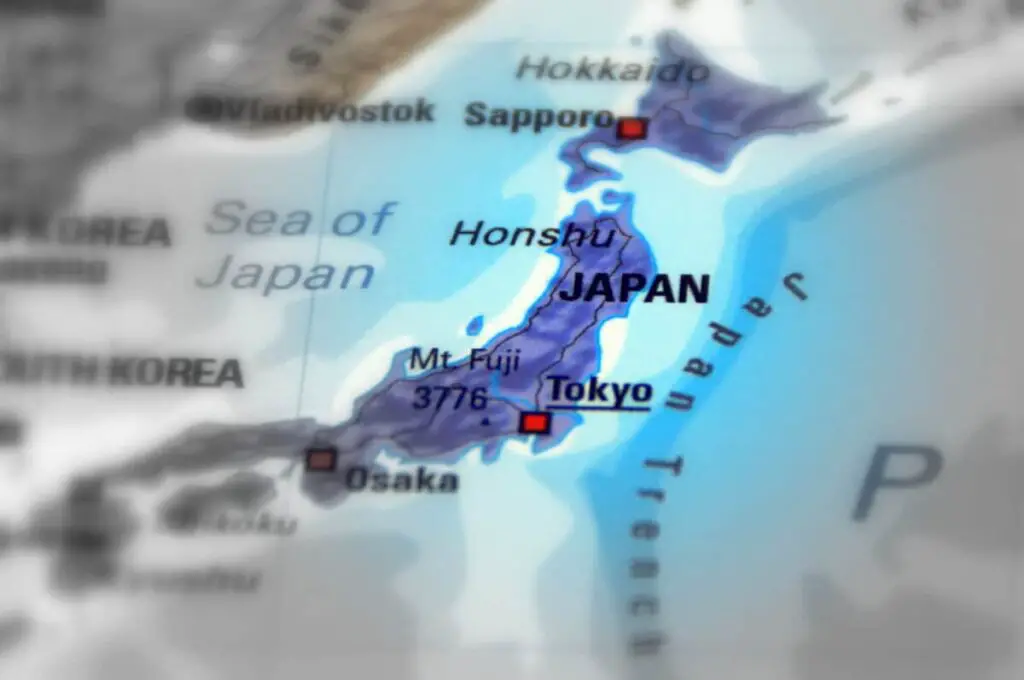
Not only is their native population traveling more, but so are their tourism and foreign residents. Therefore, having a faster mode of public transportation will anticipate and handle the potential need for such services.
Events that Unfolded since 2009
The Japanese government approved the plans for the new Maglev system in 2009. But approval for the bullet train’s construction began in May 2011. By 2027, the Chuo Shinkansen line will link with Tokyo and Nagoya resulting in an estimated 40-minute travel time.
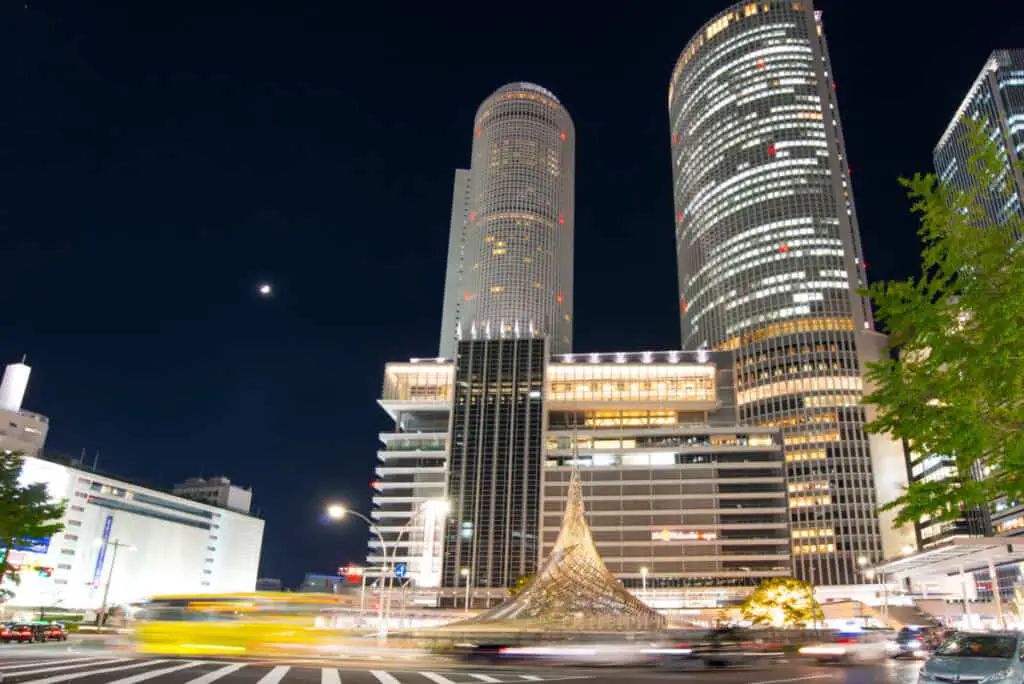
Many people in Japan who appeared for the test runs love the idea of the train. They like it, they think it’s exciting and they’re waiting with bated breath for it to become operational. However, not all Japanese citizens find the idea about this new train favorable or desirable.
Resistance from Shizuoka Prefecture
In June 2020, there has been a pause in construction. While the details are not yet known, the Shizuoka Prefecture denied access and further construction of the line.
This setback has put the schedule on hold. 2027 is still the goal but agreements with the Shizuoka Prefecture have not been fruitful.
Even though there’s a lot of pushback from the country as a whole and the central government, Shizuoka Prefecture is holding strong to its position.
There are quite a few lawsuits lined up against the Central Japan Railway Company and all of this is has forced the company to forgo the original 2027 launch.
An Injunction And Lawsuits
The governor of the prefecture and its residents filed an injunction against the Japanese government to halt the building of the train in August 2020.
Gov. Heita Kawakatsu cites potential environmental damage as the reason for refusing the project, particularly with regard to water.
The Oi River is the main throughway for many residents in the prefecture. Particularly, the farmers downstream have grave concerns that the tunnel’s construction will reduce the volume of water.
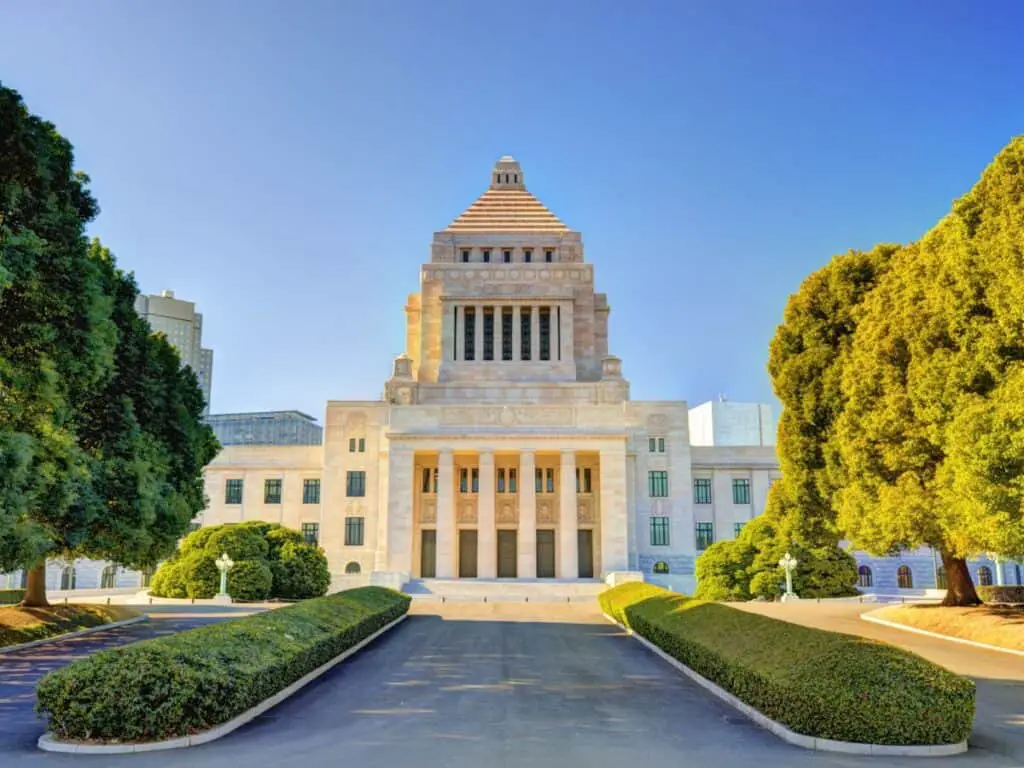
This is because of admissions that the volume will decrease by two tons per second. While there is debate, it is a potential reality.
Two tons of water per second is detrimental and people will suffer. While the Central Japan Railway has offered to use pumps to divert spring water back into the river, residents and the government will not budge on their stance.
Other Reasons For Resistance
Also, the prefecture will not directly benefit from having the Maglev Bullet Train. There won’t be any stations or stops for the residents or tourists of this pristine natural area. Shizuoka Prefecture has some of the best and most undisturbed nature and wildlife in Japan.
What’s more, the prefecture will also be responsible for paying some of the cost it will take to build the railway. When you combine all these factors, it’s not difficult to understand why Shizuoka’s residents aren’t happy about participating in this expensive and potentially evironmentally damaging project.
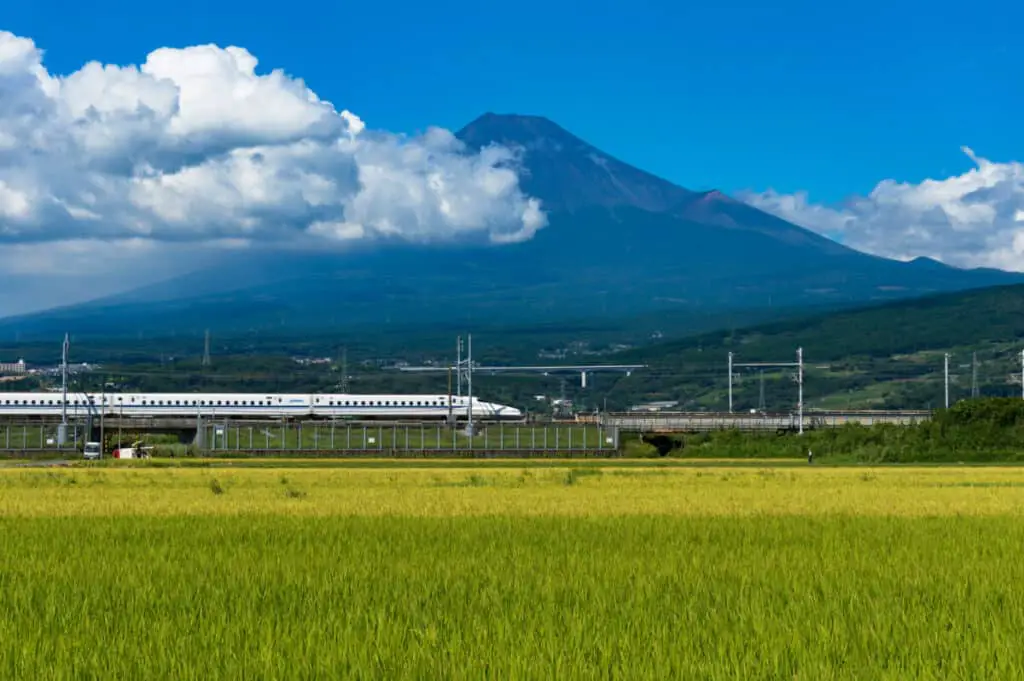
While the rail itself will be an excellent and admirable use of energy, the construction poses potential harm. This is what many Japanese, not just in the Shizuoka Prefecture, don’t like about having this super-fast bullet train.
Global Acclaim And World Wide Attention
Regardless, Japan’s bullet train has already gained worldwide attention. There are talks about selling the technology to the United States and testing having a Maglev train between New York and Washington DC. There are even prospects for places like Chicago and Miami as well.
In recent years, plans are in the works for a HyperLoop in California between Los Angeles and San Francisco. This has an estimated speed of nearly 670 miles per hour. So, the potential is already growing and gaining speed, in a manner of speaking.
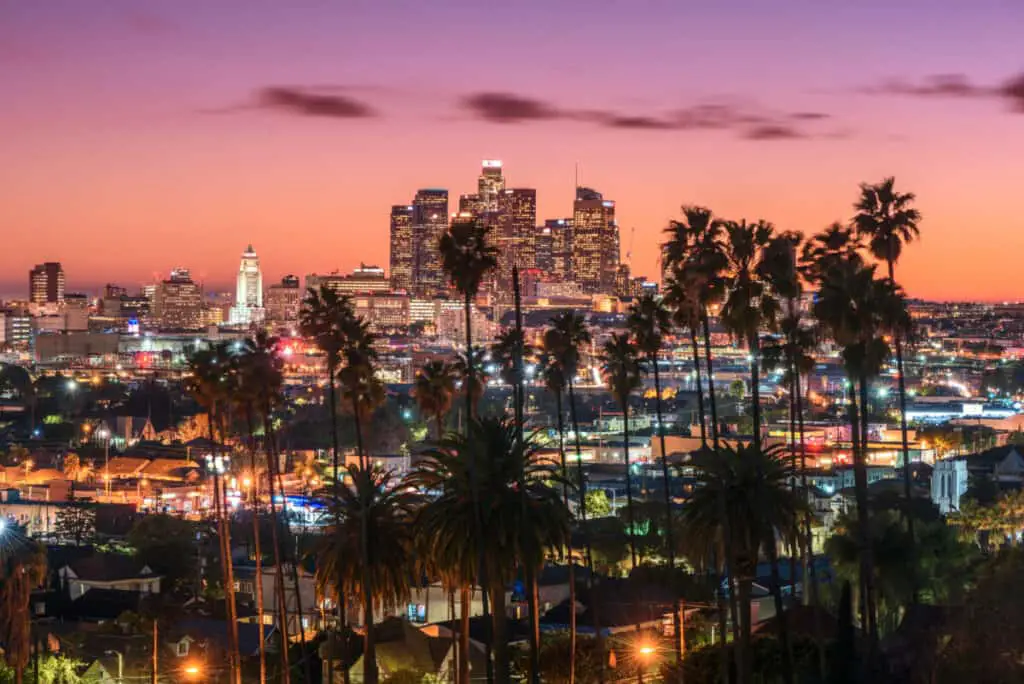
What’s attractive about this train is its potential to be even more energy efficient than what Japan already uses. With the world looking for more earth-friendly ways to travel and reduce carbon footprints, it may provide an elegant and fast solution.










